Why did the megafauna mammals go extinct in Europe, Asia, and America around 11,000-15,000 years ago?
Scientists have been searching for an answer for a very long time, now, a new explanation is presented by researchers at the University of Adelaide in Australia.
The research team argues that the climate became too moist for the megafauna to thrive. Glaciers melted at the end of the latest ice age, this transformed grasslands into wetlands and marshes. This process fragmented the populations of, for example, mammoths.
The Australian researchers analyzed skeleton fossils of different animals from this period, from different parts of Asia. The mineral composition of the legs indicates that the climate became damper before the big grasslands disappeared.
“Grassland megafauna were critical to the food chains. They acted like giant pumps that shifted nutrients around the landscape,”
“When the moisture influx pushed forests and tundras to replace the grasslands, the ecosystem collapsed and took many of the megafauna with it.”
– Lead author Dr Tim Rabanus-Wallace, from the University of Adelaide.
“The idea of moisture-driven extinctions is really exciting because it can also explain why Africa is so different, with a much lower rate of megafaunal extinctions and many species surviving to this day”
“Africa’s position across the equator means that grassland zones have always surrounded the central monsoon region. The stable grasslands are what has allowed large herbivores to persist — rather than any special wariness of hunters learned from humans evolving there.”
– Tim Rabanus-Wallace
In recent years, several theories have been presented as to why the large mammals died about 15,000 years ago. Often it’s about humanity playing a big role as an effective hunter. But climate change has also been suggested.
The explanation is perhaps found by combining several causes, with environmental changes pushing many mammal populations on the brink, with humans being the last and ultimate factor.
Reference:
Rabanus-Wallace et al., 2017. Megafaunal isotopes reveal role of increased moisture on the region during late Pleistocene extinctions. DOI: 10.1038 / s41559-017-0125

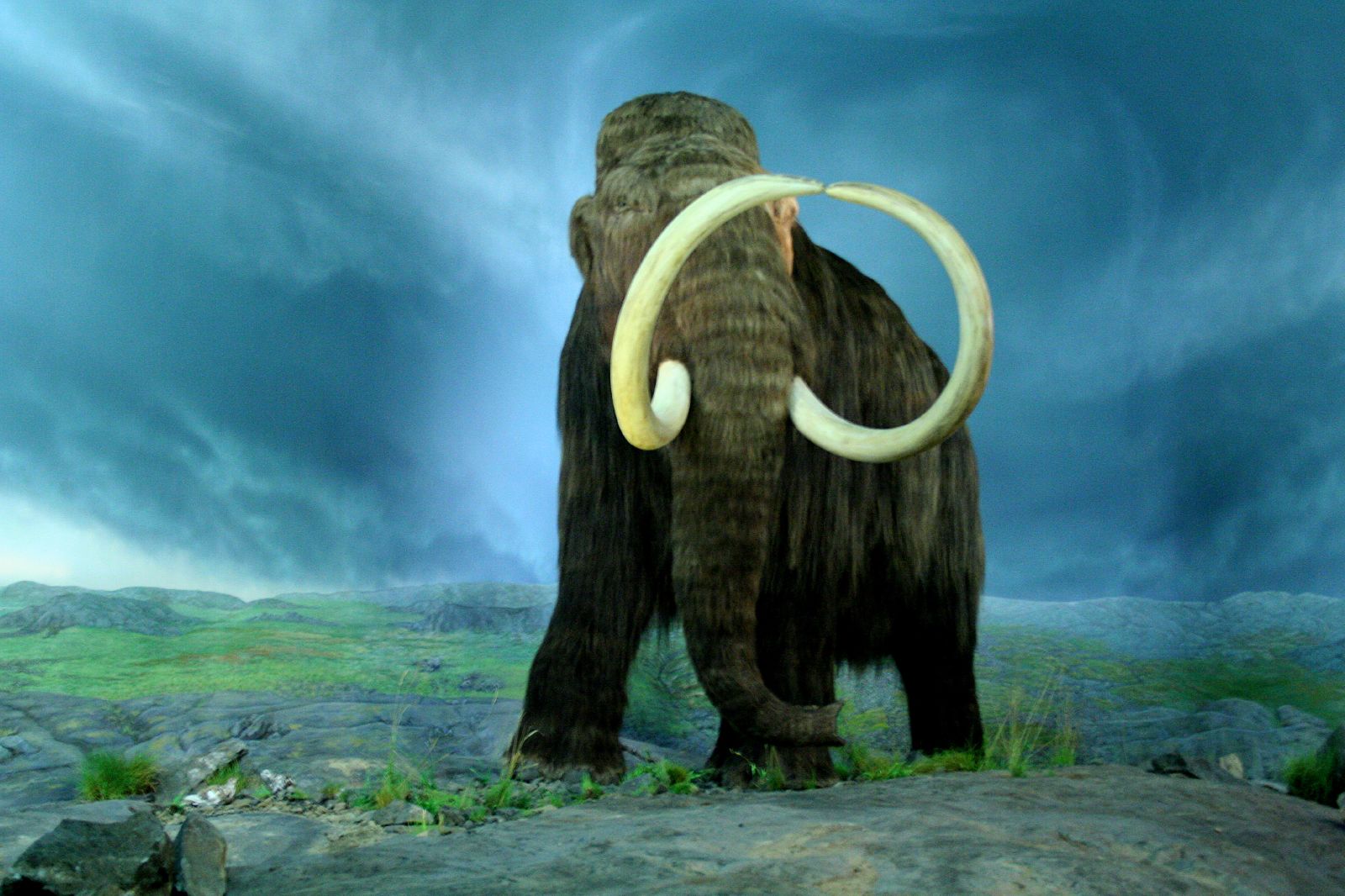
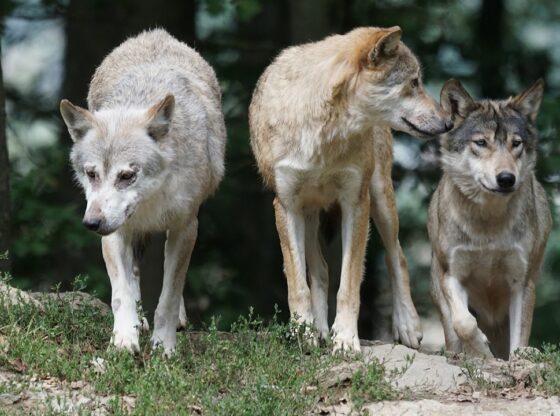
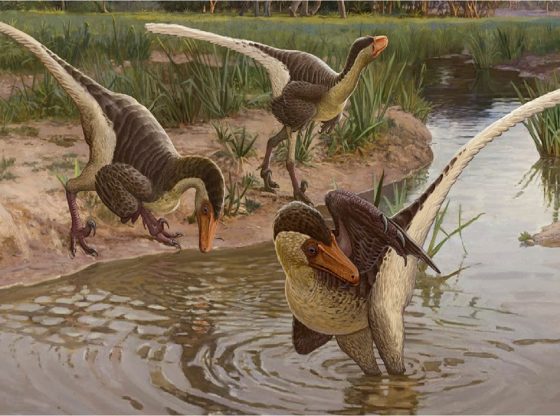


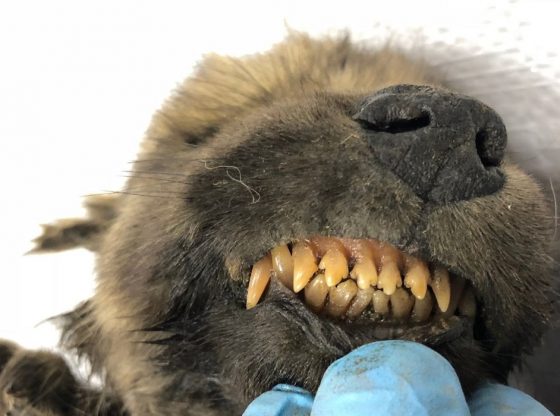
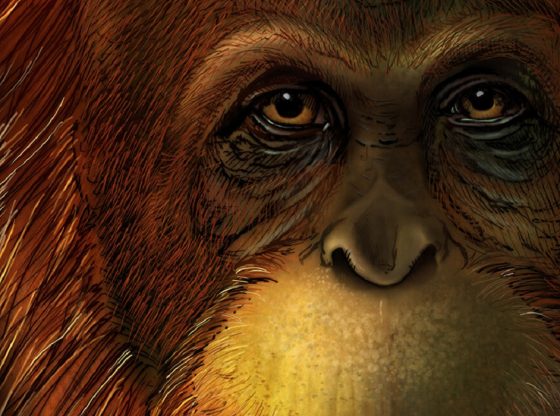
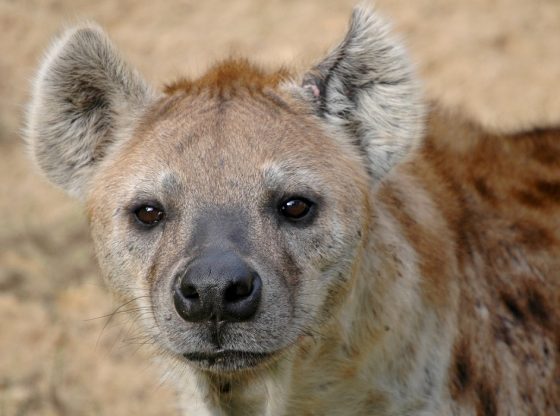
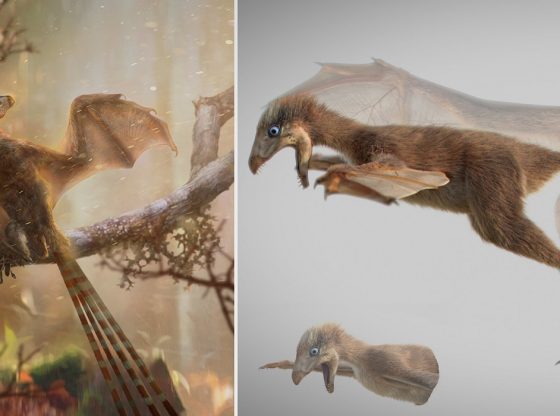
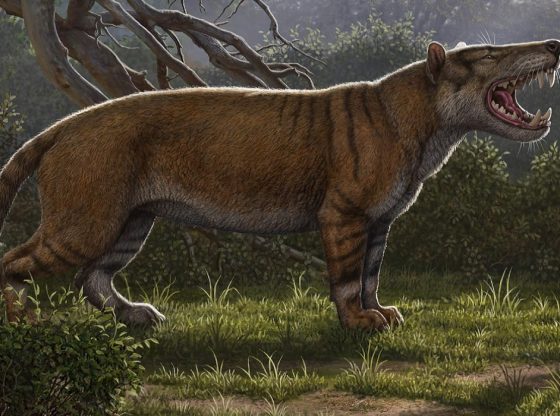
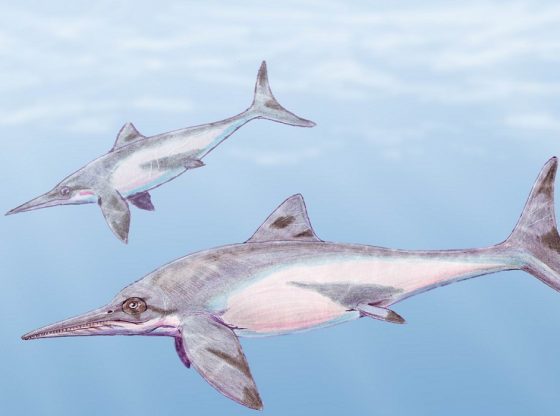
![OpenAI. (2025). ChatGPT [Large language model]. https://chatgpt.com](https://www.illustratedcuriosity.com/files/media/55136/b1b0b614-5b72-486c-901d-ff244549d67a-350x260.webp)
![OpenAI. (2025). ChatGPT [Large language model]. https://chatgpt.com](https://www.illustratedcuriosity.com/files/media/55124/79bc18fa-f616-4951-856f-cc724ad5d497-350x260.webp)
![OpenAI. (2025). ChatGPT [Large language model]. https://chatgpt.com](https://www.illustratedcuriosity.com/files/media/55099/2638a982-b4de-4913-8a1c-1479df352bf3-350x260.webp)








